RIBA announces four shortlist finalists for the 2023 Neave Brown Award for Housing
By Josh Niland|
Thursday, Jul 13, 2023
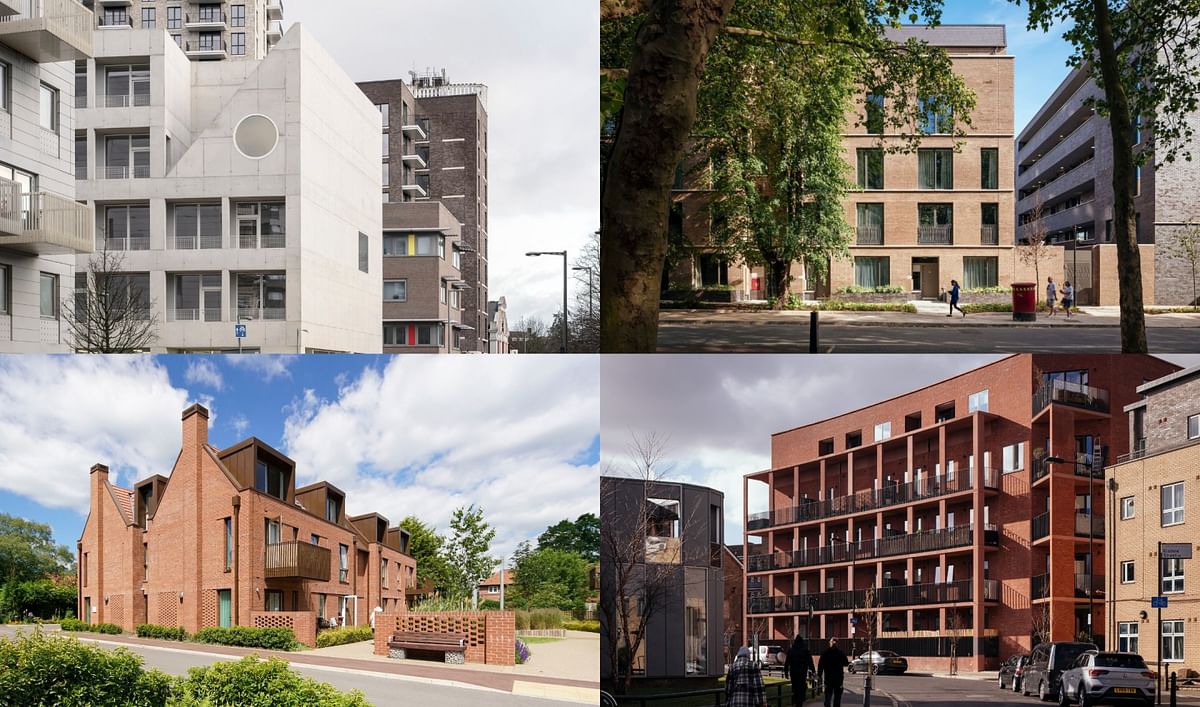
Related
The Royal Institute of British Architects (RIBA) has kicked off its annual awards programming with the announcement of the shortlisted projects for the 2023 Neave Brown Award for Housing. The four projects in the running for the award’s fourth overall edition are all examples of “how innovative architectural design can play a significant role in helping to address wider societal issues,” according to the jury.
They will each compete for the title, which selects the best new affordable housing schemes nationwide in honor of its namesake, the late modernist social housing pioneer who was finally recognized with the RIBA Gold Medal the year before his death in 2018. Last year’s winner Henley Halebrown went on to see their combined primary school and housing block added to the shortlist for the 2022 Stirling Prize.
This year's announcement also comes at a pivotal time, as the government's Department for Levelling Up, Housing and Communities recently handed back £1.9 billion in funds (worth about $2.49 billion) that had been earmarked for affordable housing in a potential exacerbation of a situation that is considered by many to be a nationwide crisis. Scroll down for more information about each shortlisted design.
A House for Artists by Apparata Architects
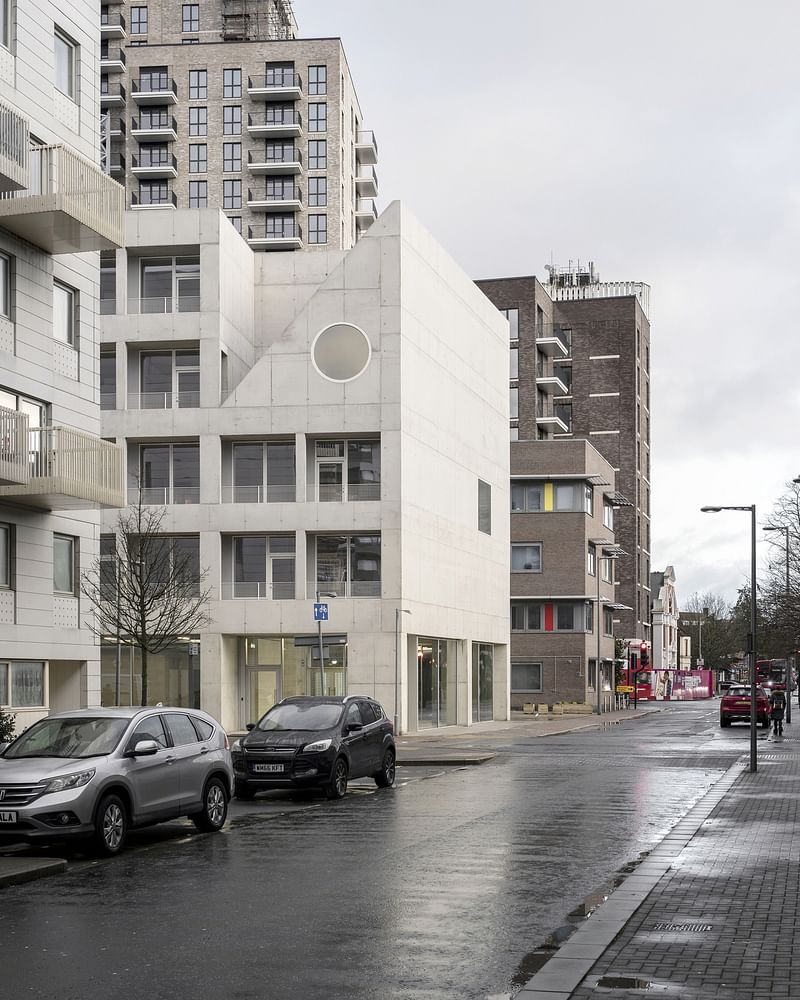

Jury citation: "A House for Artists provides an ambitious model for affordable and sustainable housing. Following a six-year effort by arts organisation Create London, along with London Borough of Barking & Dagenham, Be First, and the GLA, to provide affordable accommodation for creative people, the result is a flexible live/work space for 12 artists arranged across five floors. In exchange for reduced rent, they deliver free creative programmes for the neighbourhood through a street-facing glass-walled community hall and outdoor exhibition space on the ground floor.
A sense of community permeates the design. Each set of three apartments shares a communal outdoor space inhabited by plants and personal objects, and is scaled for eating and working together, as well as access. Corridor-free internal arrangements, tall ceilings, and dual-aspect openings facilitating cross-ventilation give a feeling of generous space. Extensive glazing to the external walkway blurs the edges between inside and out to deliver a thoughtful and assured piece of architecture."
Agar Grove Phase 1b by Mæ
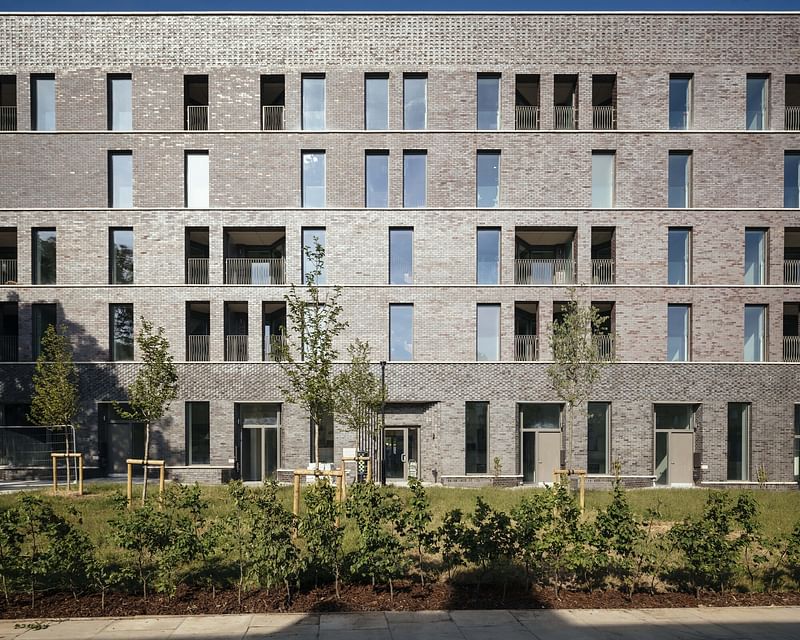
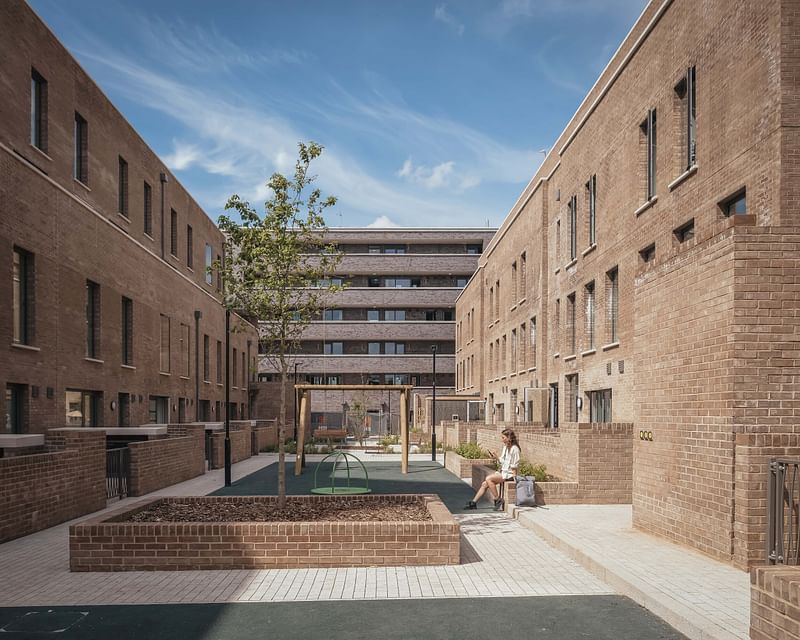
Jury citation: "On track to becoming the UK’s largest Passivhaus scheme, this substantial regeneration masterplan has transformed the southern portion of Camden’s Agar Grove Estate, bringing with it a collection of different residential building typologies with a strong urban identity, and so creating a new and appropriate streetscape.
The jury commended the new development for being extremely ambitious in providing high-calibre housing, modelled on the standards established by Sydney Cook and other leading past Camden architects. In future it is hoped that generous landscaping and human interaction will bring greater animation to this important new corner of Camden."
New Lodge Community by PRP Architects


Jury citation: "A key success of the project is its seamless integration of the sheltered and extra-care accommodation. The internal horizontal plan and connectivity that is required for the care accommodation is suppressed in its external appearance. Instead, the wings are expressed as a series of linked vertical townhouses. Large dormers create shared bay windows for residents to sit within and enjoy the view and sunshine.
The architectural approach was inspired by the local arts and crafts vernacular, reinterpreting the key characteristics of the local conservation area. These include steep roofscapes, feature chimneys, recessed porch entries and consistent use of brickwork and tiles."
Taylor & Chatto Courts and Wilmott Court, Frampton Park Estate by Henley Halebrown
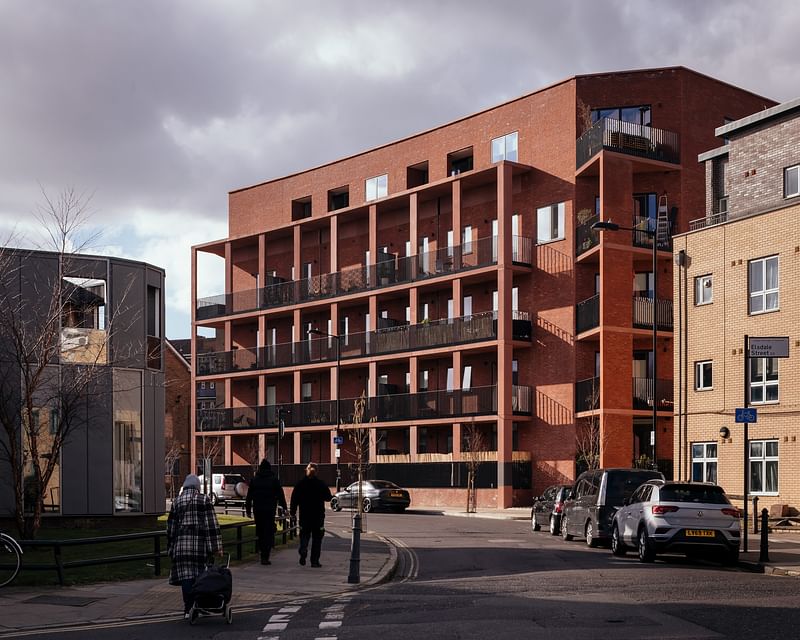
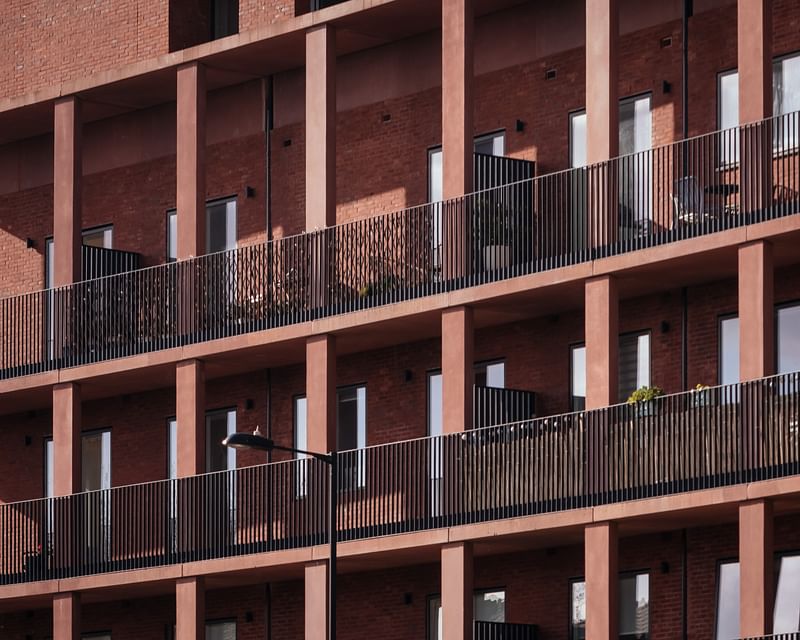
Jury citation: "Taylor and Chatto Courts are arranged over three blocks ranging from five to seven storeys, separated at ground level by narrow alleyways where entrances to the flats above are to be found, though reconnected higher up by bridges. Homes are tenure blind, with the vast majority of flats being either dual or triple aspect. The blocks are monolithic and sculpted to the street, though they suddenly become lighter and less introverted at the back, thanks to the introduction of open loggias that overlook a wide landscaped courtyard.
It is the details of Taylor, Chatto, and Wilmott Courts that speak to sustainability – from using smaller bricks to reduce material weights, to the timber-aluminium hybrid windows, which have a smaller carbon footprint that doesn’t compromise on thermal performance. The buildings also take advantage of modern methods of construction to reduce waste and improve material quality. Architectural moves such as passive solar shading double-up to function as terraces to reduce overheating. Internally the circulation spaces, and in particular the circular stairwell at Wilmott, are well-resolved and inspiring. The jury found it highly gratifying to be shown around flats in all three courts by enthusiastic and grateful tenants – a testament to how the architectural profession can change lives for the better."
The 2023 winner will be announced as part of RIBA's Stirling Prize ceremony held Thursday, October 19th, at the Victoria Warehouse in Manchester.
Stay tuned for the announcement of the 2023 Stephen Lawrence Prize shortlist.

RELATED NEWS RIBA reveals 30 new UK projects as 2023 National Awards winners


Share
0 Comments
Comment as :